Elske Rosenfeld, Standing Man/Centers, 2-channel video installation, (loop), 2022
Material: Two photos of the Standing Man Erdem Gündüz (EPA/Vassil Donev and Erdem/Depo Photos/abacapress.com; Courtesy of dpa) who stood still for eight hours in Taksim Square Istanbul on 17 June 2013 during the Gezi Park protests. Filmed from the computer screen with a hand-held mobile phone camera; background sounds taken from amateur recordings of Gündüz’ protest/performance in Istanbul and the soundtrack of American performance artist Vito Acconci’s 1971 video work “Centers”, in which Acconci tries to hold his index finger steady on the camera lens for 23 mins.
To stand is to rise to an upright position on the feet, to maintain such a position. Something that stands comes to a stop, it becomes or remains motionless. To stand means two contradictory things at once: to resist, to stand against, to withstand – and to put up with, to bear something patiently. As a noun, stand is an act of standing, but also a cessation of activity, a standstill, or a halt. To make a stand is to resist, or to defend oneself. To take a stand is to uphold one’s opinion, to make a strong case for it. Physiologically, standing still consists in the complex balancing of a multiplicity of micro-movements requiring the activation of the visual, vestibular, and somatosensory sense systems.
On the 17th,
when I stood in Taksim Square.
I stood still, in the same position,
for about 8 hours.
I wanted to resist,
because the aim is
important.
when I stood in Taksim Square.
I stood still, in the same position,
for about 8 hours.
I wanted to resist,
because the aim is
important.
stand |‘stand |
verb (past and past participle stood | stʊd |
have or maintain an upright position, supported by one's feet
rise to one's feet
move somewhere in an upright position
place or set in an upright or specified position
be situated in a particular place or position
remain upright and entire rather than fall into ruin or be destroyed
remain valid or unaltered, remain stationary, remain motionless
adopt a particular attitude towards a matter or issue
withstand (an experience or test) without being damaged
be able to endure or tolerate
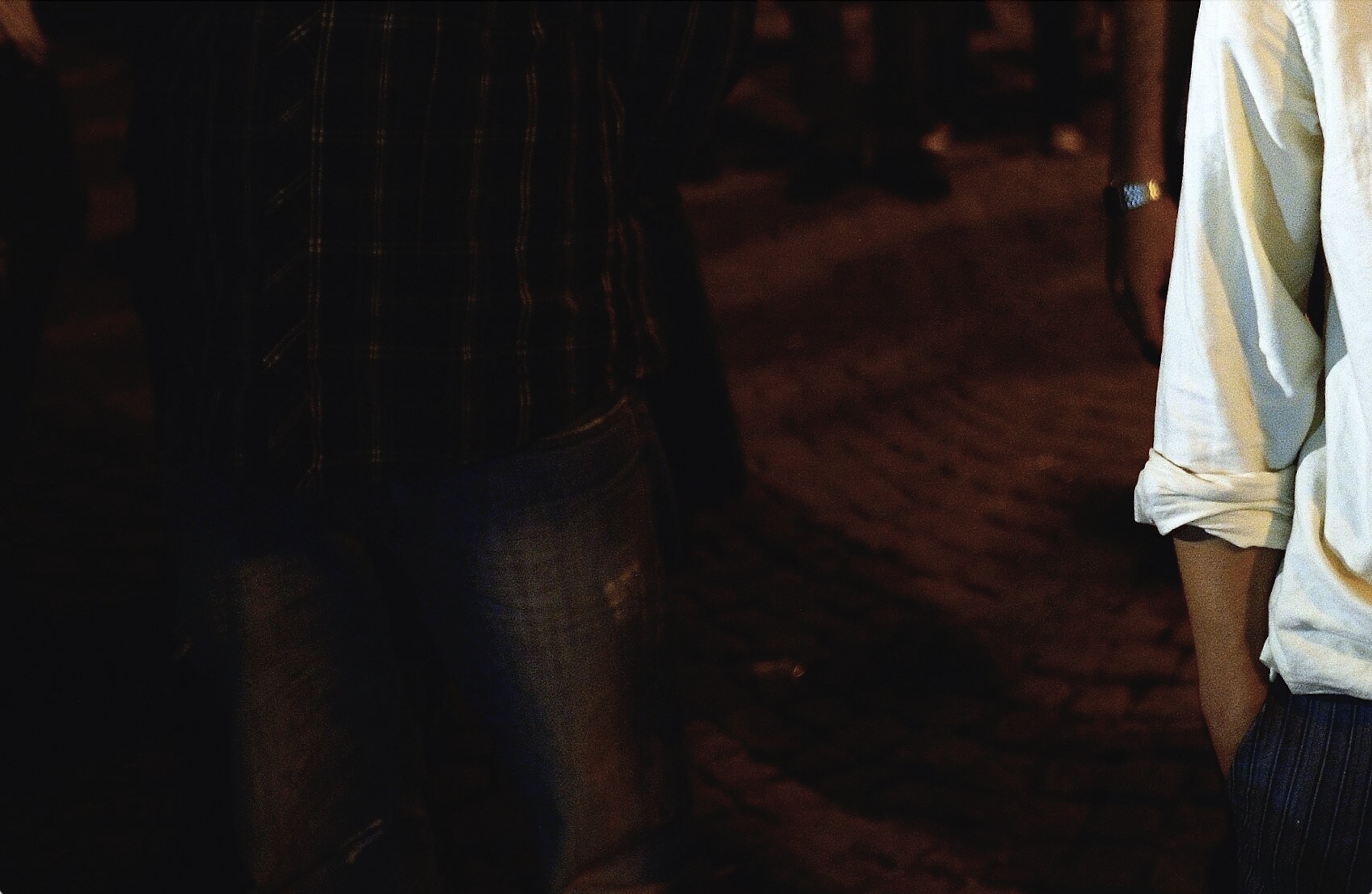
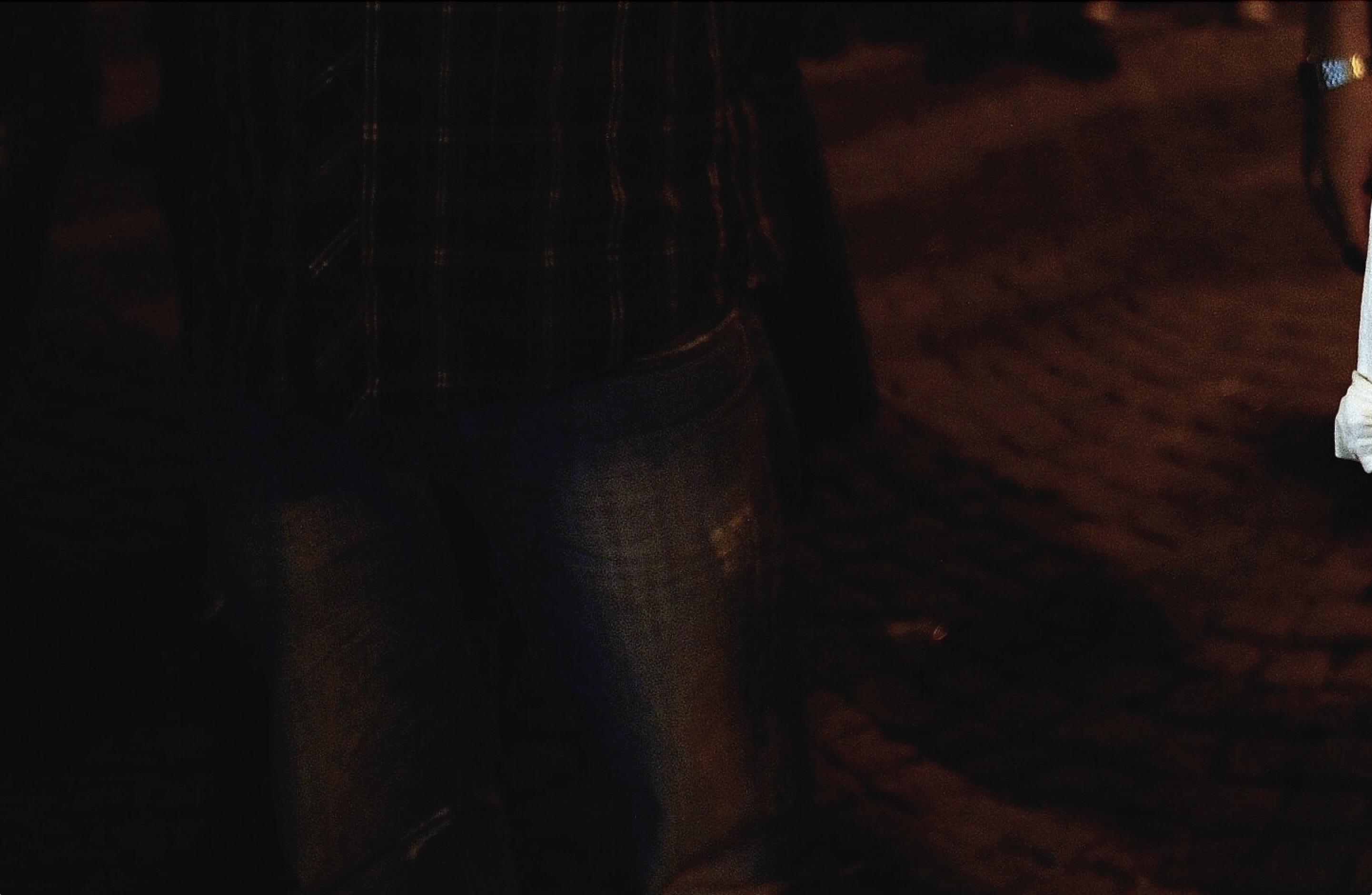
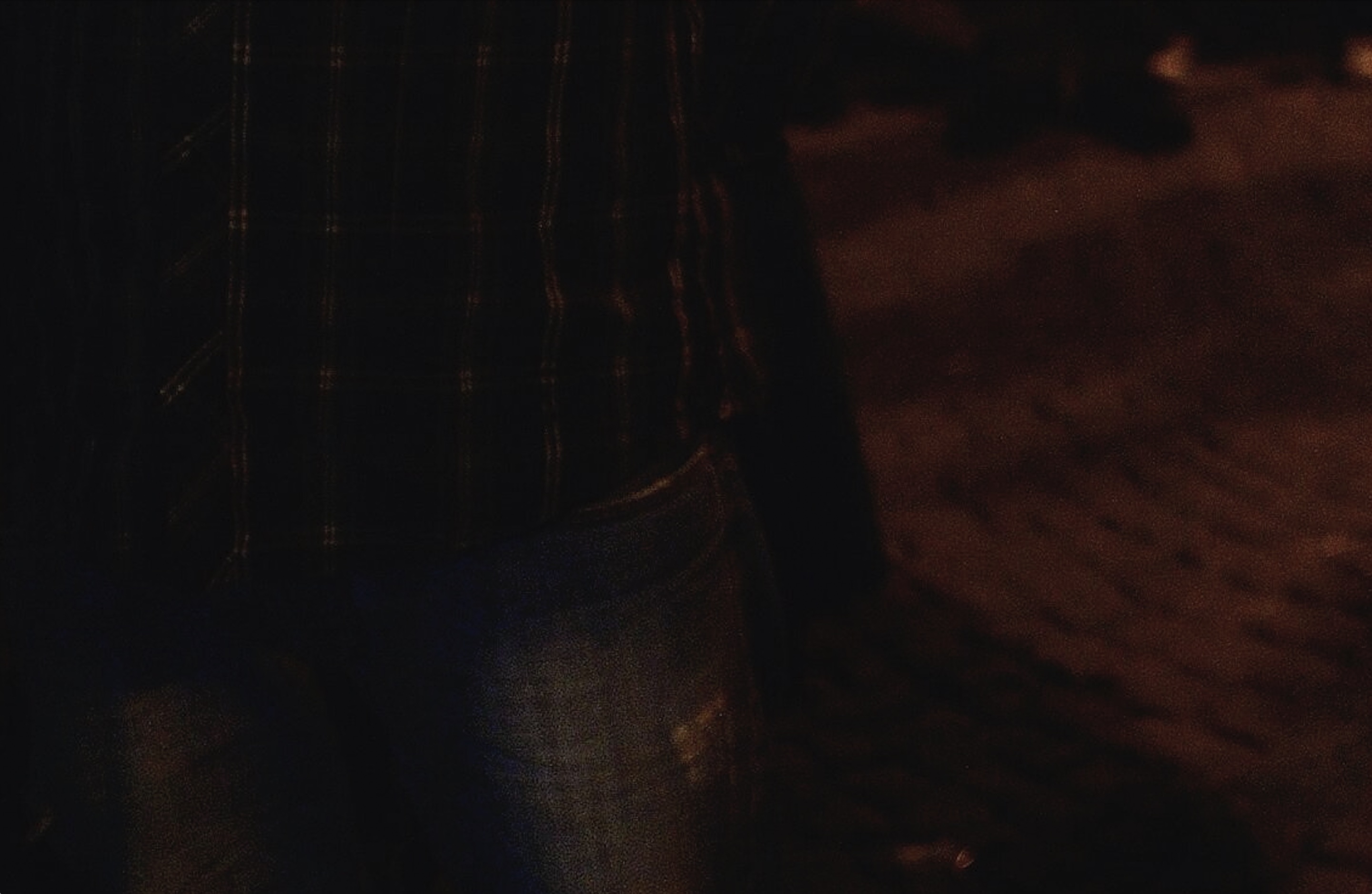
1
the small dance
Steve Paxton’s ︎︎︎“small dance” or “stand” was an exercise developed by Paxton when he was creating his methods of contact improvisation at Judson Church in New York in the early 70ies. In the exercise, a dancer was asked simply to stand still, to “do nothing at all, except relax.” As the bodies of Paxton, and his fellow dancers, become quieter, as movement comes to be reduced to the flows and motions that keep the body standing up straight, a shift happens in the dancers’ minds. As the mind’s attention moves to the microscopic movements inside the body, they become amplified into reverberating intensity.
![a detail for the right side of the torso of the standing man]()
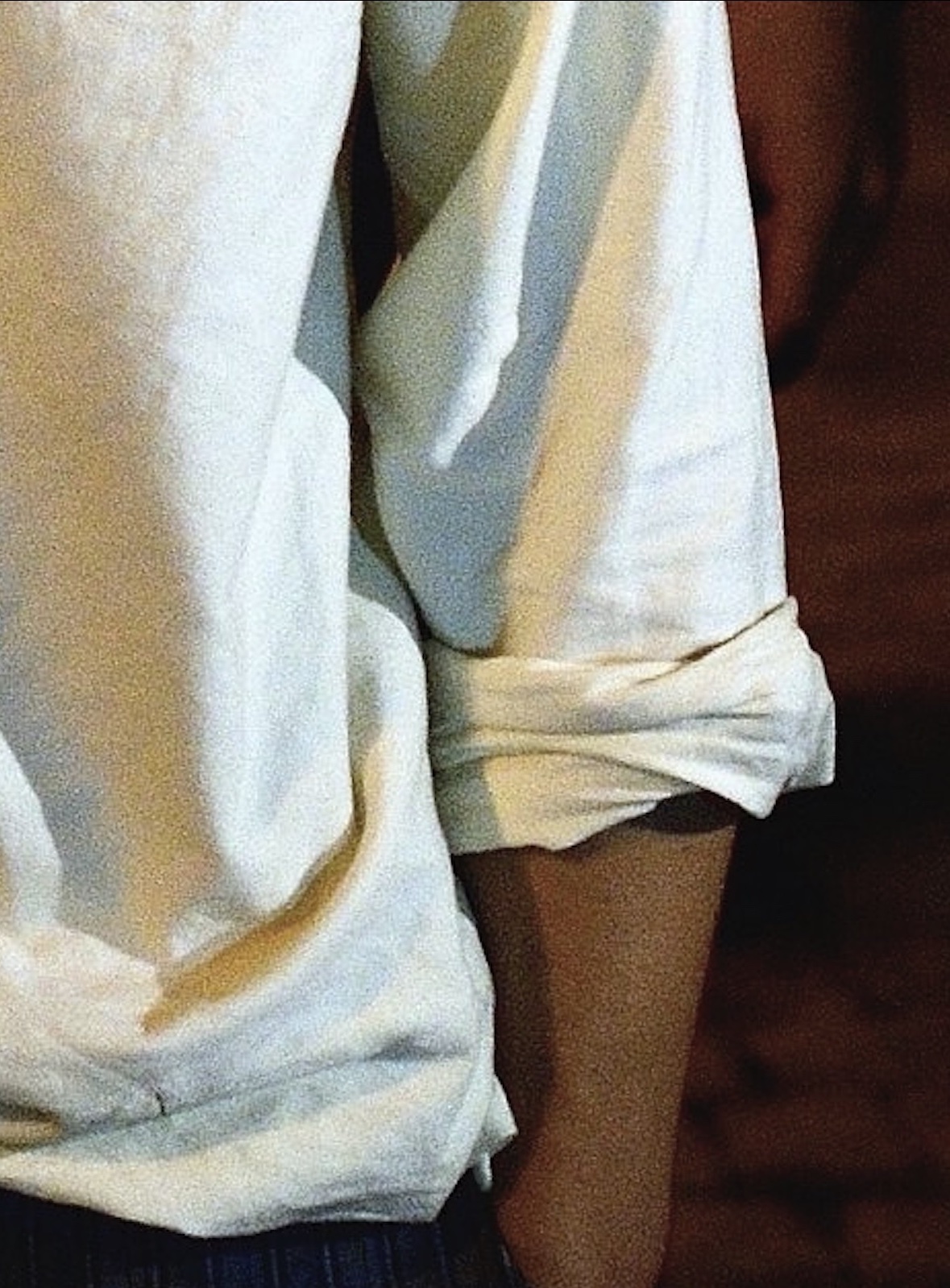
2
the physiology of standing
.... the multiplicity of small movements that are necessary
to hold the body standing upright require
the activation of all three – the visual, the vestibular,
and the somatosensory – sense systems.
Between the small movements of
a breathing body
and the steady pull
of gravity,
the body must constantly re-organise;
ankles,
hips,
knee joints
move and adjust and readjust
constantly.
A still body is a body
that sways.
to hold the body standing upright require
the activation of all three – the visual, the vestibular,
and the somatosensory – sense systems.
Between the small movements of
a breathing body
and the steady pull
of gravity,
the body must constantly re-organise;
ankles,
hips,
knee joints
move and adjust and readjust
constantly.
A still body is a body
that sways.
3.
not
not to
move
Why standing?
Why does a human being stop moving?
What was I thinking?


4.
the pose
# 1 Yvon Chabrowski’s performance ︎︎︎AFTERIMAGE / PROTEST is based on a collection of protest images that circulated online during the Arab Spring. “A series of performers enter the visual space where they arrange and group themselves into living images. They adopt static poses, yet are not entirely motionless. We see them concentrate on holding their positions, sway slightly, and breathe. Projected life-size onto a freestanding panel, they form picturesque, seemingly timeless, tableaux vivants.”
People asked me. “Erdem, weren’t you scared?”
The police violently repressed the demonstrations.
Some said it was an unequal battle.
According to the Ministry of Interior four people had already
been killed between the first day of the demonstrations and 17th
June.
Four people died, 65 lost an eye. 6000 were injured.
This is according to the Ministry of Interior.
So there was a lot of violence, when I went and stood still.
But I wasn’t afraid.
The police violently repressed the demonstrations.
Some said it was an unequal battle.
According to the Ministry of Interior four people had already
been killed between the first day of the demonstrations and 17th
June.
Four people died, 65 lost an eye. 6000 were injured.
This is according to the Ministry of Interior.
So there was a lot of violence, when I went and stood still.
But I wasn’t afraid.
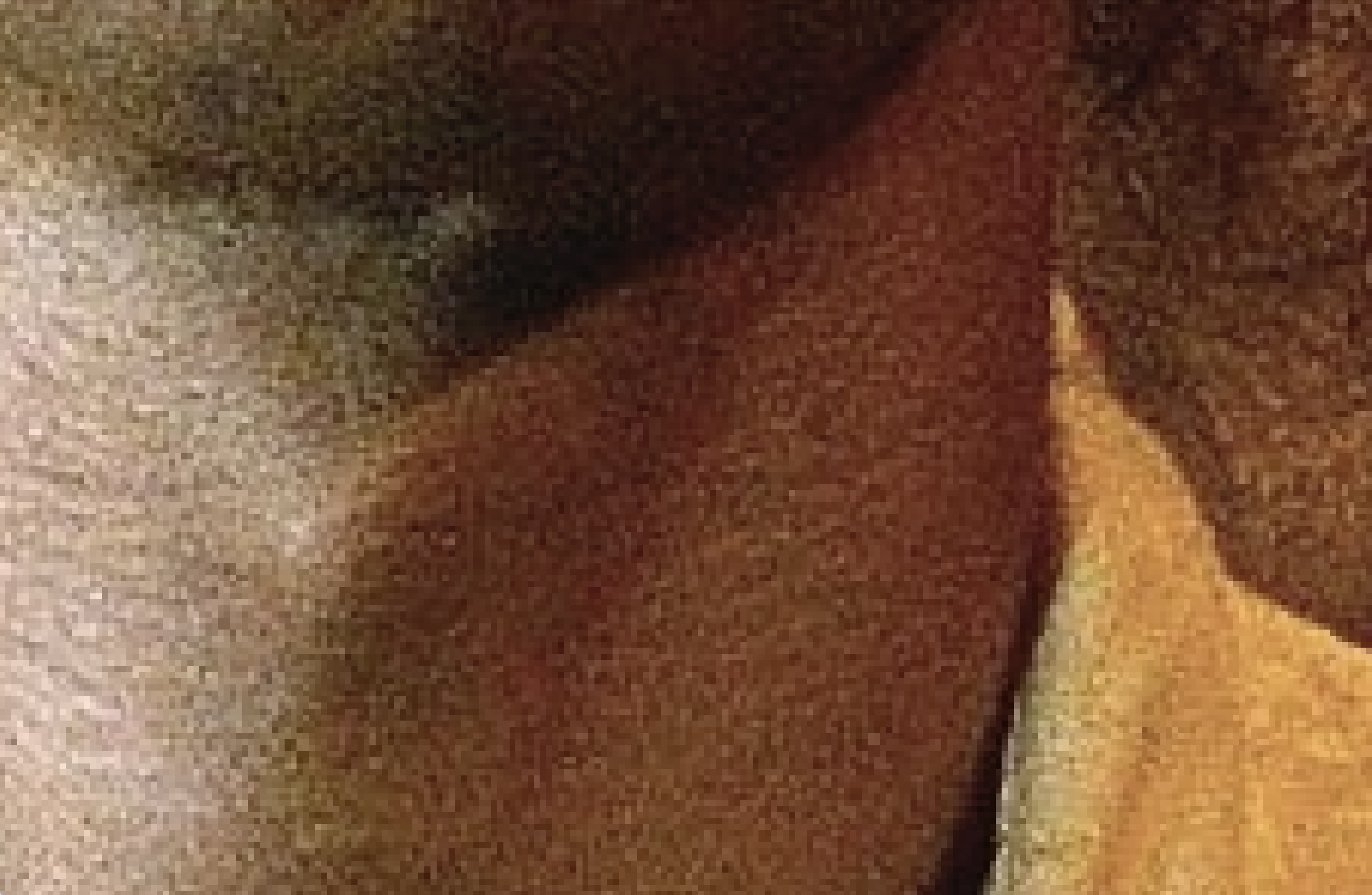
# 2 In his 1971 work ︎︎︎“Centers” American performance artist Vito Acconci films himself as he tries to point his index finger steadily at the camera. He manages to hold his finger up for 23 mins before the effort of holding his arm steady gets too much.


#3 In the 1990s, “Portuguese choreographer Vera Mantero and Spanish choreographer Santiago Sempere both stated that the political events in the world were such that they could no longer dance.”
#4 In an interview, Erdem Gündüz states that he considered his gesture of standing still in Taksim Square as a form of public sculpture. In a conversation he also stated that to stand still for eight hours requires an extreme physical, muscular effort, that he was able to sustain thanks to his training as a professional dancer, but that was fuelled by the energy of resistance, anger, sadness, hope for the future; an expression of many causes and needs.
#4 In an interview, Erdem Gündüz states that he considered his gesture of standing still in Taksim Square as a form of public sculpture. In a conversation he also stated that to stand still for eight hours requires an extreme physical, muscular effort, that he was able to sustain thanks to his training as a professional dancer, but that was fuelled by the energy of resistance, anger, sadness, hope for the future; an expression of many causes and needs.
5. the
non-
movement
Activists lauded the Standing Man’s tactics for exposing the absurdity of the policing of the square, but admonished the international press, who began to focus all of their attention on the phenomenon – neglecting the more important developments, such as the installing of neighbourhood assemblies: the Standing Man was great, but “movements don’t stand still.”
Around 11 pm others started to join
me.
There were between 200 and 300
people.
I don’t really know exactly, because
I didn’t look
behind me.
I didn’t talk or move.

In his book “Revolutionary Life. The Everyday of the Arab Spring”, Asef Bayat uses the term non-movement to describe the “collective actions of noncollective actors”:”They embody shared practices of large numbers of ordinary people whose fragmented but similar activities trigger much social change, even though these practices are rarely guided by an ideology or recognizable leaderships and organizations.”
6.
the
queue
There was the queue for bread on the eve of the February Revolution.
It is even said that the October Revolution was caused by queues.
In the Soviet Union, and across the eastern bloc,
the queue was both, a sign of shortage and a promise.
A ritual, a source of irritation, a waste of time.
Some say it oriented citizens towards the future and away from the now. Some say it was the sign of no future.
In the Belarusian protests in 2020, the police at some point targeted queues. After other forms of protest had been forbidden, to queue outside certain shops and cafés became a sign of solidarity, protest, support.
In “The queue as narrative” Konstantin Bogdanov writes:
the queue is a peculiar mixup of temporalities:
the queuer stands,
but the queue
moves.
(In films from 1990 and 1992, film-makers Ulrike Ottinger and Chantal Ackerman both panned along various queues around Berlin and in Moscow: outside the baker’s, outside the butcher’s, outside the bank, at the station, at the busstop. In the summer. In the snow.)

7.
I
was
here
In 2011, Guillermo Kaejane writes from the occupation of the
Puerta del Sol in Madrid.
“I was there”, he writes.
In such a moment,
“there is only
now.”
Puerta del Sol in Madrid.
“I was there”, he writes.
In such a moment,
“there is only
now.”
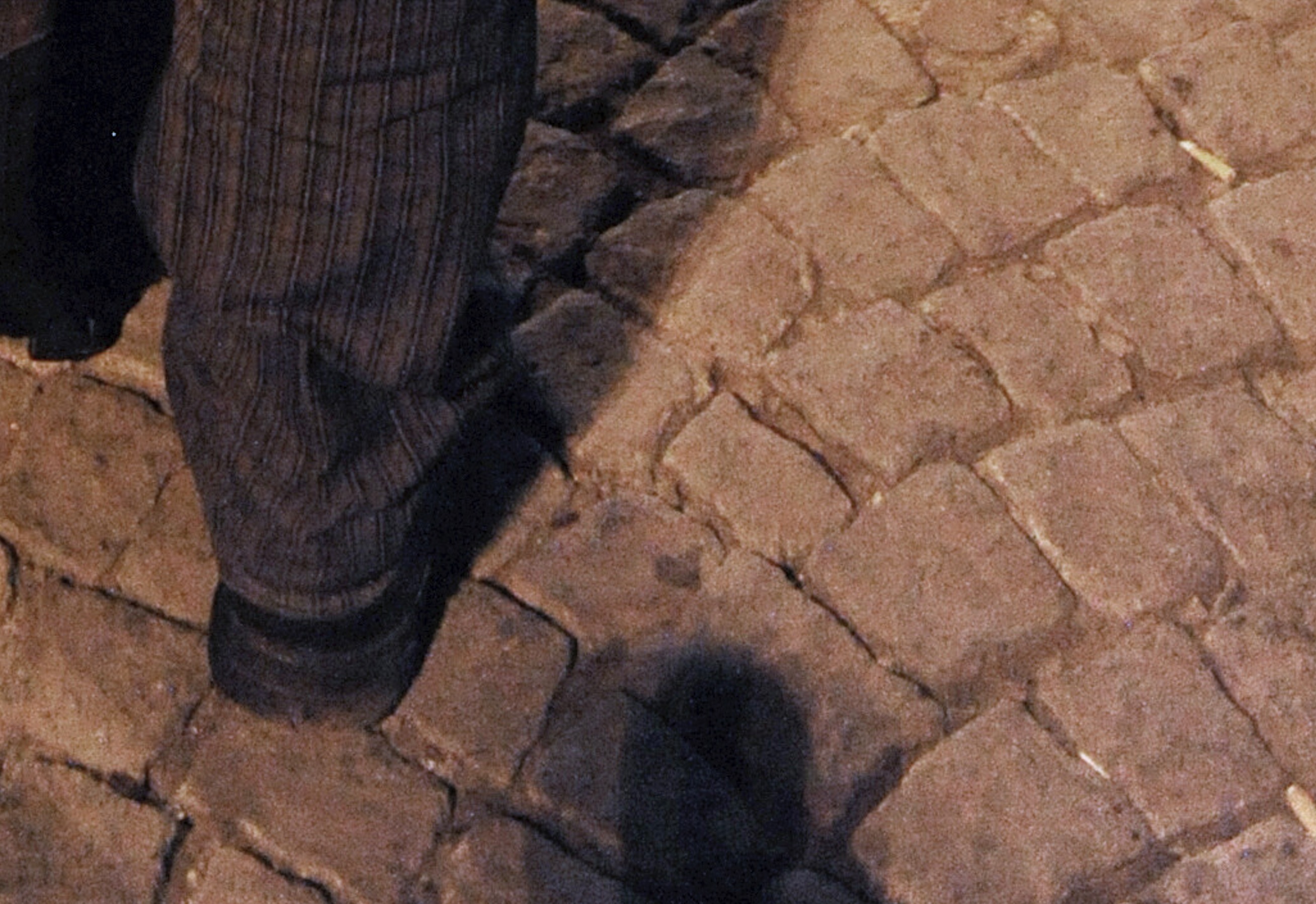
After the Standing Man protests had started spreading across Turkey, Deputy Prime Minister Bülent Arınç said: "We should encourage such protests within the law. However, I think they should stand for five minutes and then go to their work or school in the sixth minute. Eight hours is too long."
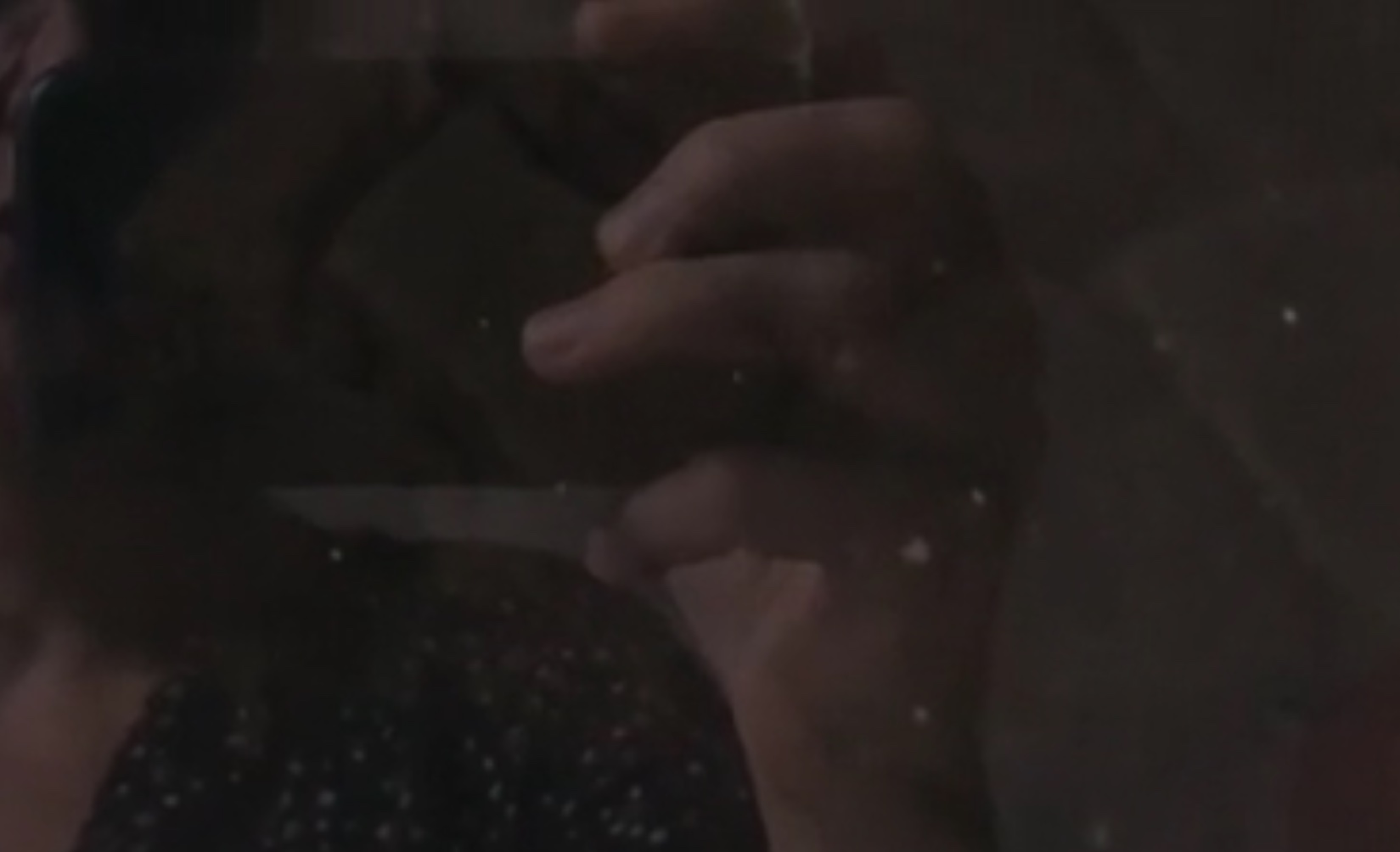
8.
There is
only
now
At 2 am,
after 8 hours
of standing
still
I saw the police men with their
gas masks and helmets
in their hands.
I thought “now they are going to
use tear gas”.
In that case it is not worth
continuing.
I should stop protesting
now.
after 8 hours
of standing
still
I saw the police men with their
gas masks and helmets
in their hands.
I thought “now they are going to
use tear gas”.
In that case it is not worth
continuing.
I should stop protesting
now.
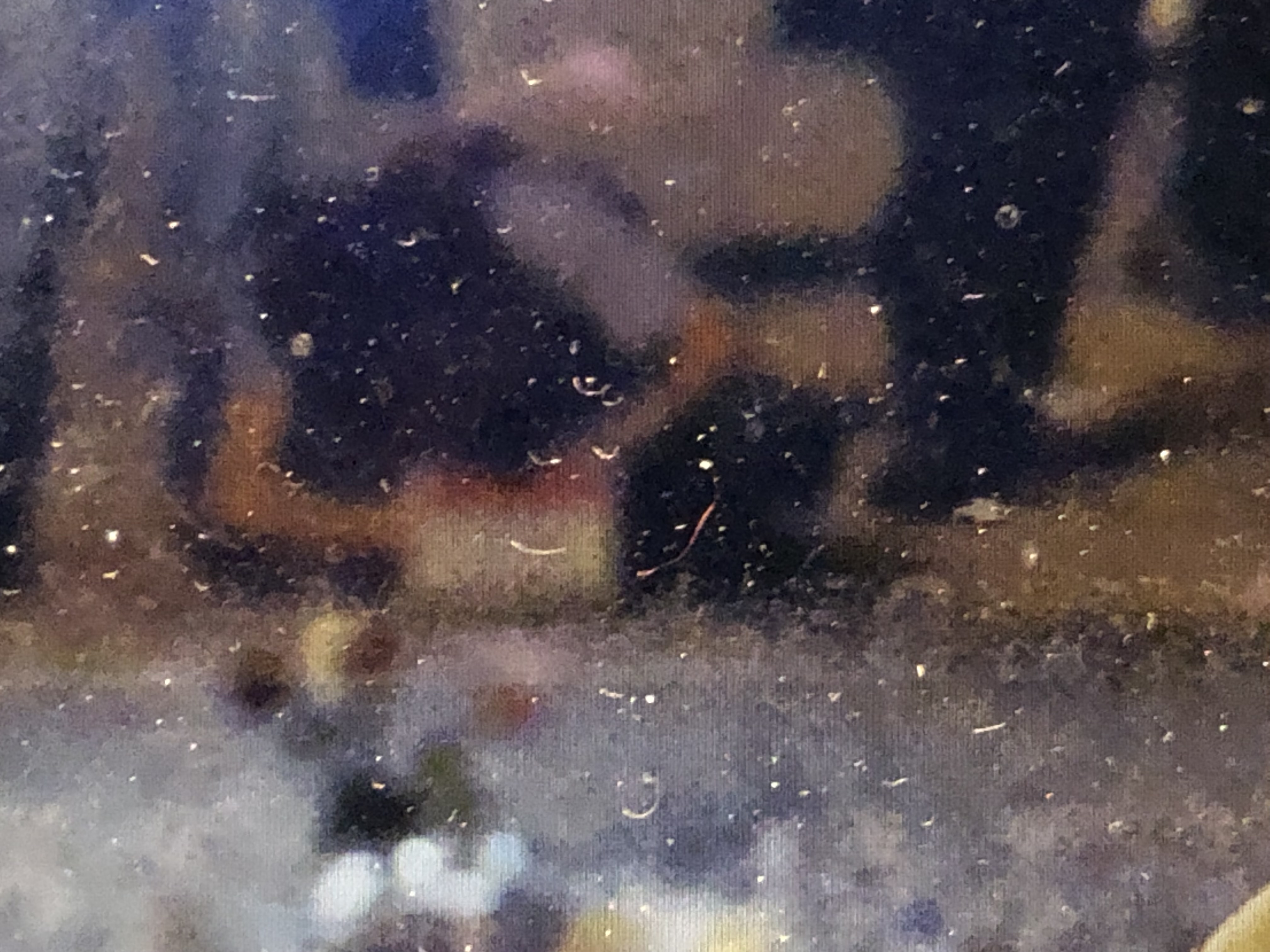
9.
still
standing
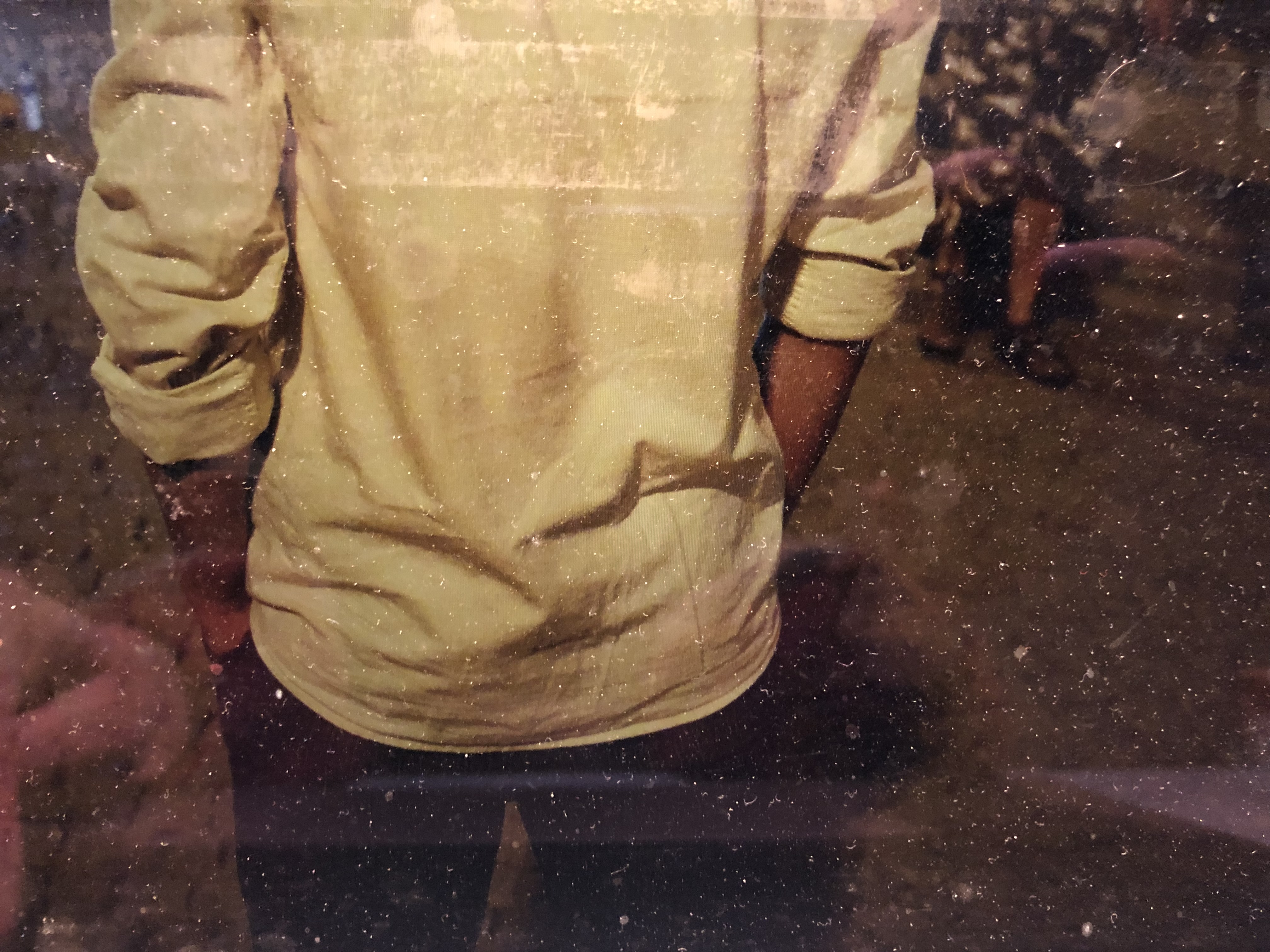
Unfortunately, we had seen
a lot of violence
and we know how rough
the repressions
can be.
I therefore decided
to end my
protest.

I took my bag
and walked
from Taksim Square
to Istiklal Caddesi
and
nobody
arrested
me.
and walked
from Taksim Square
to Istiklal Caddesi
and
nobody
arrested
me.
For a list of references click HERE.